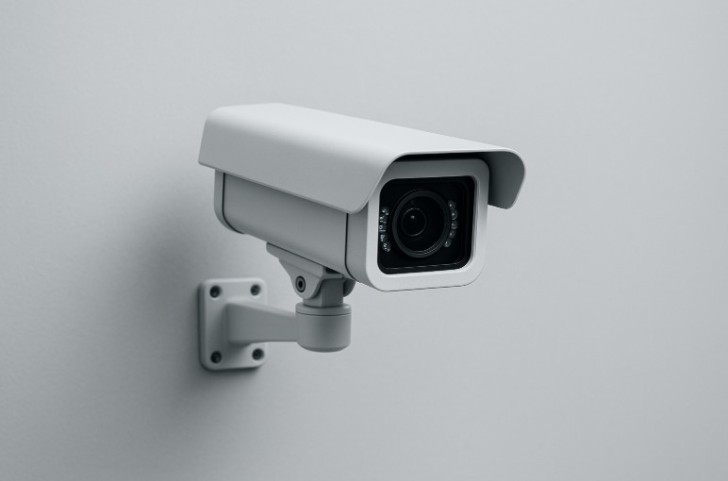Robust surveillance technologies in business environments are crucial. Companies are increasingly adopting high-tech solutions to enhance their security measures, ensuring a safer environment for both employees and customers. These innovations are designed to deter crime, monitor activities, and provide invaluable data for incident analysis.
Innovative developments in surveillance systems
The realm of surveillance technology has witnessed remarkable advancements, significantly elevating business security. Innovations such as artificial intelligence (AI) and machine learning are now integral to advanced systems. These technologies enable cameras to analyze video feeds intelligently, identifying potential threats with greater accuracy. For example, AI-powered cameras can distinguish between routine movements and suspicious activities, alerting security personnel only when necessary.
Furthermore, the integration of facial recognition and biometric scanning adds another layer of protection. These features allow for enhanced access control, ensuring only authorized individuals gain entry to restricted areas. As a result, businesses can prevent unauthorized access effectively while maintaining seamless operations. The combination of these technologies offers a comprehensive approach to security that adapts to the dynamic needs of various industries.
Enhanced security and operational efficiency
For many businesses, these technological advancements translate into tangible benefits. Enhanced surveillance capabilities improve overall security by reducing incidents of theft, vandalism, and unauthorized access. Companies can monitor their premises in real-time, enabling swift responses to any potential threats. This proactive approach not only safeguards physical assets but also boosts employee confidence and customer trust.
Implementing systems like an advanced LPR security camera for capturing license plates exemplifies how businesses can leverage technology to enhance security measures. Additionally, advanced surveillance systems contribute to operational efficiency by automating routine monitoring tasks. This automation frees up valuable time for security personnel to focus on more critical responsibilities. Furthermore, businesses can leverage data gathered from surveillance footage for strategic decision-making, identifying trends or patterns that could impact operations positively.
Industries benefiting from advanced systems
Various industries have successfully implemented these advanced systems to enhance their security frameworks. Retail sectors use them to minimize shoplifting incidents while maintaining a welcoming shopping environment. Similarly, warehouses benefit from improved inventory management through enhanced monitoring capabilities.
For instance, a retail store might use AI-driven cameras to track customer movement patterns, enabling better store layout decisions while simultaneously deterring theft. Incorporating these technologies into their infrastructure allows businesses across different sectors to streamline operations and secure their environments effectively. As we look towards the future, the potential for further technological advancements promises even greater improvements in how companies protect themselves from emerging threats.
The future outlook for business security strategies
The ongoing evolution of surveillance technology suggests promising future trends that could revolutionize business security strategies further. Developments in AI-driven analytics may lead to predictive security measures capable of anticipating criminal activities before they occur. This proactive stance would enable organizations not only to respond swiftly but also preemptively mitigate risks.
Moreover, integrating Internet-of-Things (IoT) devices with existing surveillance infrastructure could facilitate seamless communication between different components within an organization's ecosystem, enhancing overall situational awareness dramatically. As businesses continue embracing these innovations, staying updated will be key for maintaining a competitive advantage amidst evolving threats within this dynamic landscape.
 Editorial staff
Editorial staff

 Editorial staff
Editorial staff


